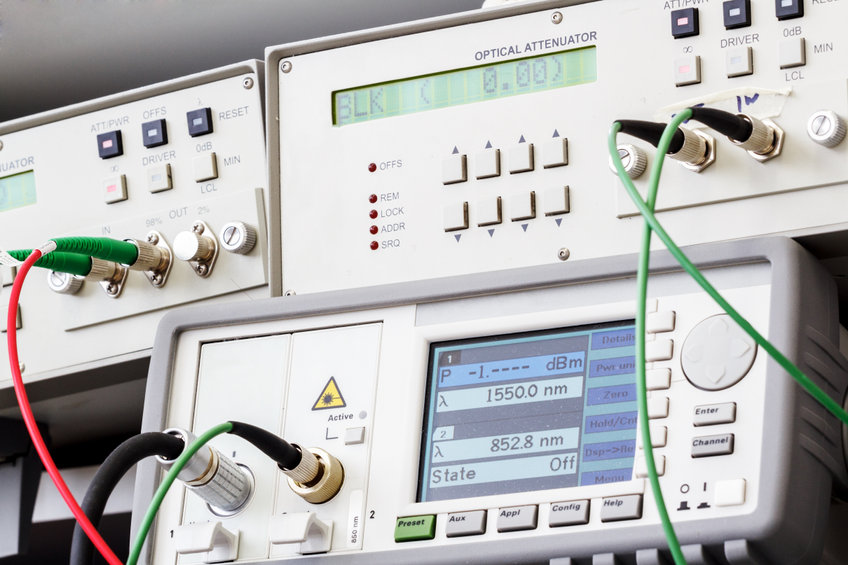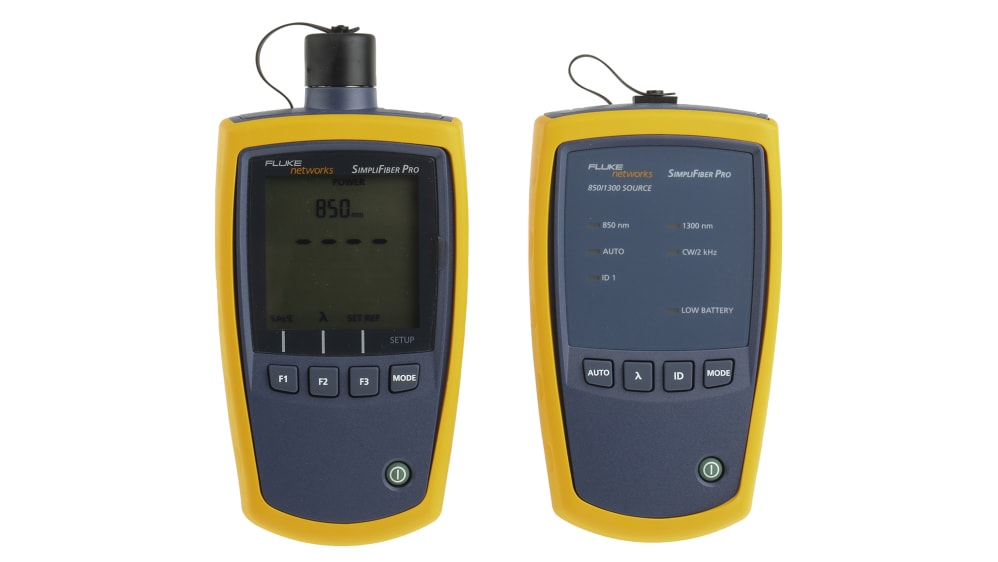Discover the Relevance of Optical Fibre Testing in Modern Telecommunications
In the realm of modern telecommunications, the importance of optical fiber testing can not be overstated, as it serves as the backbone for ensuring network integrity and performance. What are the specific advantages that regular screening deals, and just how might it shape the future landscape of telecommunications?

Comprehending Optical Fiber Testing
Optical fiber screening is a vital procedure in telecoms that makes certain the stability and performance of fiber optic networks. This screening includes a variety of procedures made to examine the physical and functional qualities of optical fibres - optical fibre diameter analyser. Trick parameters analyzed consist of optical power loss, data transfer capacity, and mistake area, which are important for keeping high-quality interaction web links
The testing process normally includes using specific equipment such as Optical Time-Domain Reflectometers (OTDR) and Optical Power Meters. OTDRs are employed to recognize and identify faults, splices, and adapters within the fiber, while power meters determine the transmitted light signal toughness to establish efficiency.
Moreover, screening is performed at various stages, including throughout installation, upkeep, and troubleshooting, to make sure that the network fulfills market standards and functional requirements. Conformity with requirements set by companies like the International Telecommunication Union (ITU) and the Telecommunications Market Association (TIA) is extremely important.
Benefits of Normal Checking
Normal testing of optical fibres yields countless benefits that dramatically enhance network dependability and efficiency. Among the main benefits is the early detection of prospective concerns, such as breaks or degradation in the fiber, which can lead to expensive downtime if left unaddressed (optical fibre testing equipment). By determining these issues proactively, telecoms service providers can lessen service disturbances and ensure consistent connectivity for their consumers
Additionally, routine testing aids to preserve the stability of signal quality. As optical fibers age, their performance can be impacted by factors such as environmental conditions and physical stress. Routine assessments enable the monitoring of signal loss and overall transmission efficiency, guaranteeing that the network operates at optimal levels.
Another significant benefit is conformity with market requirements. Regular screening sustains adherence to governing demands, consequently reducing lawful and monetary dangers related to non-compliance. Additionally, it enhances the total life expectancy of the fiber framework by facilitating prompt maintenance and repair work.

Usual Evaluating Techniques
Checking optical fibres employs different approaches to guarantee the stability and efficiency of telecoms networks. Amongst one of the most usual techniques is Optical Time Domain Reflectometry (OTDR), which examines the entire size of the fibre by sending a pulse of light and gauging the reflections triggered by blemishes or breaks. This technique gives detailed info concerning the location and extent of mistakes.
An additional common technique is making use of Optical Power Meters, which gauge the amount of light transferred via the fiber. This strategy helps figure out the loss of signal toughness, ensuring that it fulfills industry standards. Additionally, Aesthetic Fault Locators (VFL) are utilized to identify breaks or serious bends in the fiber by projecting a visible laser light into anchor the cord.
Insertion loss screening is likewise important, as it quantifies the loss of signal power resulting from links and entwines within the network. The use of Polarization Setting Diffusion (PMD) testing evaluates the impact of fibre qualities on signal integrity.
Each of these helpful resources approaches plays an important duty in keeping the efficiency and integrity of optical fibre networks, ultimately adding to seamless telecoms operations.
Influence on Network Efficiency
The integrity and performance of optical fiber networks straight affect total network efficiency. In modern-day telecommunications, the performance of information transmission relies greatly on the top quality of the optical fibers utilized. Any destruction in the fibre's problem-- whether because of physical damages, contamination, or excessive flexing-- can lead to raised depletion and signal loss, dramatically impacting information integrity and rate.
Normal optical fibre testing is vital to identify and fix possible concerns before they materialize as network failures or slowdowns. Techniques such as Optical Time Domain Reflectometry (OTDR) and insertion loss testing enable professionals to determine the efficiency of fibre links accurately. These examinations not only examine the physical condition of the fibres yet additionally make sure compliance with industry requirements, therefore protecting the network's integrity.
Furthermore, a well-maintained optical fiber network contributes to lowered functional prices and boosted client contentment, as end-users experience less disruptions and greater data rates. Ultimately, the emphasis on rigorous optical fiber screening techniques functions as a keystone for sustaining robust telecoms infrastructure, ensuring that provider can fulfill the growing needs for transmission capacity and connectivity in today's digital age.
Future Patterns in Examining
As we look in advance, innovations in technology are positioned to reshape optical fibre screening in telecoms. The increase of automation and expert system (AI) is anticipated to boost the efficiency and accuracy of testing procedures. Automated testing systems can conduct extensive assessments with marginal human treatment, significantly decreasing the possibility for errors and expediting time-to-deployment.
Moreover, the combination of artificial intelligence formulas will certainly make it possible for anticipating upkeep, enabling network suppliers to anticipate prospective problems prior to they escalate into failures. This proactive strategy not only improves network dependability yet additionally maximizes functional costs.
Another arising pattern is the growth of portable testing tools that provide real-time evaluation - optical fibre testing equipment. These gadgets will certainly equip service technicians to execute on-site diagnostics quickly, assisting in quicker resolutions and enhancing service high quality
The growth of 5G networks better demands the development of testing methodologies. link As transmission capacity demands boost, typical testing techniques may no much longer suffice. Ingenious options such as optical time-domain reflectometry (OTDR) and progressed spectral analysis will end up being critical in making sure the stability and performance of high-speed connections.

Conclusion
In verdict, optical fiber screening is crucial for making certain the integrity and integrity of modern telecommunications networks. Normal testing methods not only help determine possible issues such as signal loss and mistakes but likewise add to enhanced network efficiency and consumer contentment. As the need for smooth connection continues to expand, the adoption of innovative screening techniques will certainly play an essential role in preserving top notch network criteria and supporting the developing landscape of telecommunications.
Comments on “Professionals work with optical fibre testing equipment to maintain stable data transmission.”